
Today's Top Stories.
Rumors have been circling over Apple's next iPhone and iPad designs, which the company appears to have accidentally leaked in the beta code for iOS Among the new devices are a budget iPhone, new over-ear Beats headphones, and an iPad with an advanced camera array. One of the most significant additions, confirmed by Apple yesterday, is a lidar scanner embedded in the latest iPad.
Apple apple. Shop Now. Alexander George. Jack Taylor Getty Images. Like Apple News? Then You'll Love This. Justin Sullivan Getty Images. More Apple News.
Leon Neal Getty Images. Apple AirPods Pro. Apple amazon. Advertisement - Continue Reading Below. More From Best New Gadgets. The 7 Best Gaming Monitors of Amazon Fire TV Stick: The 6 Best Gaming Laptops of Samsung Galaxy S Samsung Galaxy S20 Plus. Samsung Galaxy S20 Ultra. Android Phones. LG G8 ThinQ.
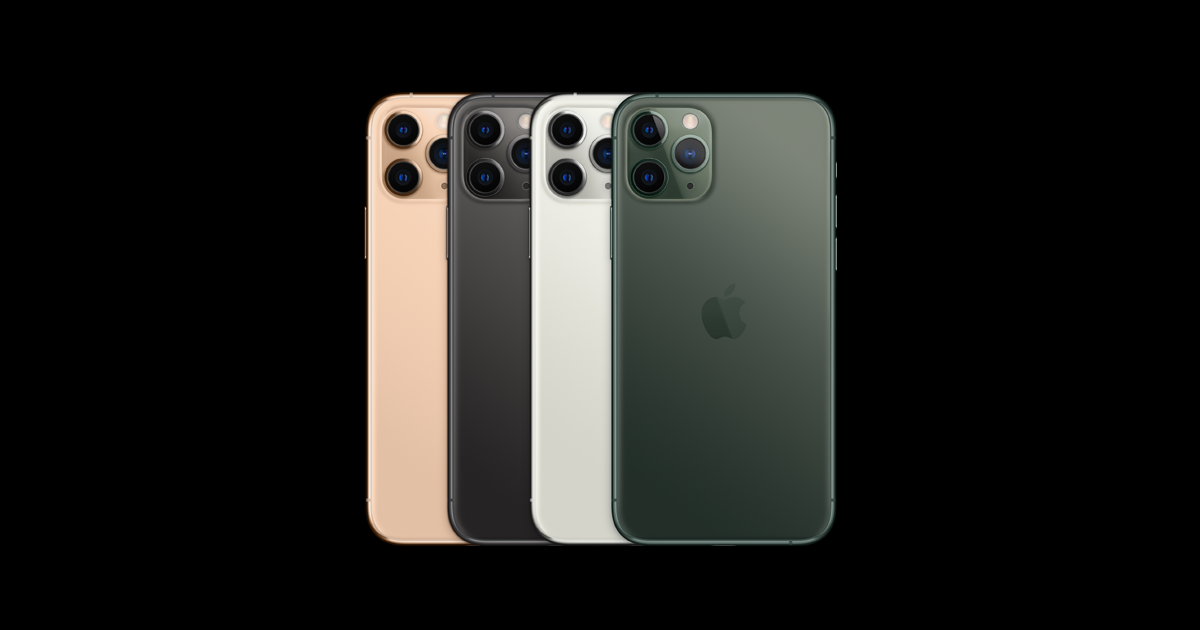
Samsung Galaxy S8. Apple iPhone 6. Samsung Galaxy S7. Samsung Galaxy A Samsung Galaxy S9. LG G7 ThinQ. Samsung Galaxy Note8. Samsung Galaxy Note9. Samsung Galaxy S6. Samsung Galaxy S10 5G. Samsung Galaxy S5. Google Pixel 2 XL. Motorola Moto g7 play. Samsung Galaxy A10e. Samsung Galaxy Note 4. Samsung J3. Alcatel Tetra. Apple iPhone 5c. LG Rebel 4. Motorola Moto e5. Samsung Galaxy J7. Samsung Galaxy Note 2. Samsung Galaxy Note 3. Samsung Galaxy Note 5. Google Pixel 2. Google Pixel XL. LG K Samsung Galaxy A6. Samsung Galaxy J3. Alcatel Avalon V.
Apple iPhone 6 Plus. Only one person out of five said the iPhone 11 Pro looked better with more dynamic range and better contrast. The iPhone 11 Pros also come with a sound upgrade with support for Dolby Atmos. For content that supports Dolby Atmos, you should be able to hear more range between the highs and lows for a more immersive spatial sound experience. Personally, I miss 3D Touch. Similarly, I had to retrain my brain to stop 3D Touching anywhere on the keyboard to bring up the cursor for text selection and instead remember that the function is now a long press on the space bar.
'+product.productName+'
Let's not waste any more time, and talk about the iPhone 11 Pro and 11 Pro Max's cameras. There are four cameras on each phone — three on the rear and one on the front. If you've got an iPhone with a single rear camera, you might be thinking the iPhone 11 Pro's triple-camera system is a little overkill. But I think once you use it and see how all three cameras work as one, giving you a zoom range from 13mm ultra wide to 26mm wide to 52mm 2x telephoto , you won't be able to go back to a single lens.
Post navigation
Apple isn't the first to include a triple-camera system with an ultra wide lens. Huawei beat everyone to punch with the Mate 20 Pro and this year almost every phone maker, including Samsung and OnePlus, added triple-rear cameras to their flagship phones. In typical Apple fashion, though, the company ceded being first to focus on making the best triple-camera system. Other phones may have a similar three-lens camera system, but they fail to work consistently as one. Apple's deep software paired with the camera hardware is what sets the iPhone 11 Pro cameras apart and makes zooming between the three cameras feel so smooth; there's none of the stuttering you see on Android phones when you toggle from one camera to the other.
It's for this very reason that the three cameras on the back of the iPhone 11 Pros are aligned the way they are: for zooming straight out from the center. On Android phones, where the three cameras are usually aligned in a row, you have to physically shift the phone to the left or to right to recompose a shot, and doing so feels less like zooming in and out and more like switching to separate cameras.
It's a small detail, but if you're serious about photography, it makes all the difference. Below, you'll find examples of the kinds of shots you can get with the three cameras. With the ultra wide camera, photos that would have previously required the use of a wide lens attachment from companies like Moment or Olloclip are now possible. I could spill another hundred words, but I'll just let the photos speak for themselves. Shooting with the ultra wide camera dramatizes the scale of a scene. Landscapes, buildings, rooms — everything is widened and looks a little more epic. It's hard to go back to the main wide camera, but here's why you shouldn't use it all the time.
Besides the obvious image distortion — the ultra wide lens curves things to look larger and smaller — photos aren't as crisp as with the wide and telephoto cameras. The Camera app on iPhone 11 Pro shows you through the translucent UI what you could capture with the ultra wide lens.
First, there's no optical image stabilization OIS on the ultra wide camera, which means shots tend to be softer when you zoom in to examine the details. If you're only planning to share iPhone 11 Pro photos to Instagram or Twitter, sharpness isn't as high of a priority. But if want to get the best iPhone 11 Pro photos, you'll going to have to work a little harder: definitely lock in your focus instead of relying on autofocus for sharper shots.
Not all ultra wide smartphone cameras are equal, though. As I've said many times before, a camera's ability to capture a photo is only one part of the equation. To get a great photo, you also need top-notch image processing, which matters just as much if not more.
Take a look at the ultra wide shots below. The Galaxy Note 10 has the sharpest photo, but the color temperature is bluer than the scene really looked, and the fake candle lights in the chandelier are blown out. The photo taken with Huawei's P30 Pro has a red cast and the candles are even more overexposed. The OnePlus 7 Pro shot is the darkest, but it did a better job preserving the candles than the P30 Pro. Meanwhile, the iPhone 11 and iPhone 11 Pro captured the most true-to-life image with accurate colors, exposed the candles the best, and maintained sharpness across the image.
Etisalat UAE | iPhone 11 | Pro | Pro Max: Price from AED
They didn't produce the crispest photos, but overall , the consistency of the image quality wins in my opinion. Different smartphones also have different lenses. Samsung's phones are the most similar in terms of lens focal length, but phones like the P30 Pro and OnePlus 7 Pro have arguably superior telephoto lenses. Once again, you can see how the color science varies between phone cameras and their three lenses. The iPhone 11 Pros always produce the most realistic colors.
Samsung's Galaxy Note 10 tends to dial up the brightness and saturation for more vivid pics. Shots from Huawei's P30 Pro are just too red. And the OnePlus 7 camera, while markedly better than previous OnePlus phones, still lacks the wider dynamic range from the other phone cameras. Night mode is an equally major upgrade for the iPhone 11 Pro cameras. Google was the first to blow minds with Night Sight on the Pixel 3 , using "computational photography" to composite multiple photos into a brightly-exposed image.
Night Sight shots are often unreal: scenes that are completely dark to the naked eye are brought to life and made visible. The iPhone 11 Pros catch up to Night Sight with their own night mode. The feature automatically kicks in when the wide or telephoto camera detects there isn't enough light in a scene.
A night mode icon with a recommended exposure time usually between seconds appears next to the flash icon and when you tap the shutter button, an exposure meter counts down to indicate how long you should hold still.
The meter is also used to manually turn night mode off or switch to the maximum recommended exposures. Pop the iPhone 11 Pro on a tripod and it'll automatically shoot at the highest exposure time I got a second exposure for one photo. In the below shot of a building in Chinatown, you can see how the iPhone 11 Pro's camera without night mode and with night mode compare.
iPhone 11 Pro review: the best small phone available
Sure, Google did night mode first, but the feature is more intuitive on the iPhone 11 Pro. On a Pixel, a spinning exposure ring blocks the entire viewfinder while you're holding still, but on the iPhone 11 Pro, you can see in real time an exposure getting brighter as the timer counts down. And the iPhone 11 Pro's night mode also produces better photos in my opinion — sharper details from corner to corner, and better tones and contrast to preserve a scene's mood.
Whereas night mode on other phones brighten a scene to the point it looks artificial or flat, the iPhone 11 Pro's night mode more delicately balances the light and dark areas in both the foreground and background. Have a look at the Vespa comparisons below, with and without night mode, for several phones. The quality of the night mode on the iPhone 11 Pro is richer.
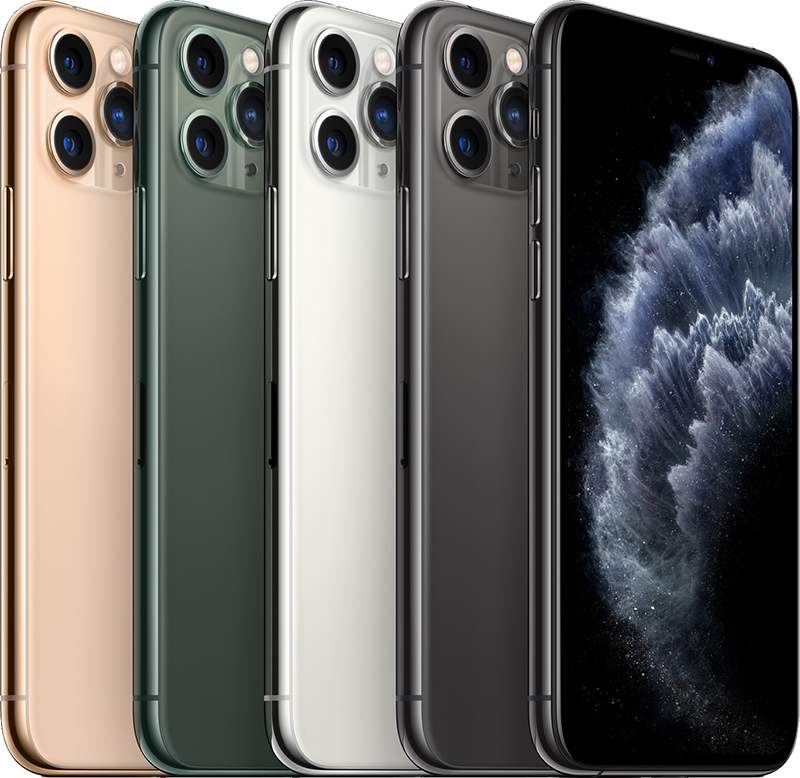 How do you track a smartphone iPhone 11 Pro
How do you track a smartphone iPhone 11 Pro
 How do you track a smartphone iPhone 11 Pro
How do you track a smartphone iPhone 11 Pro
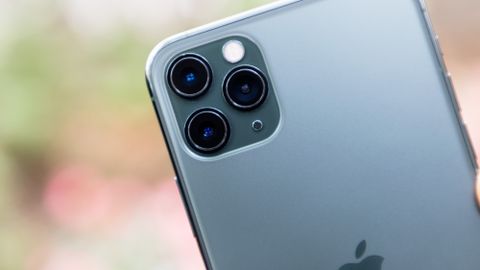 How do you track a smartphone iPhone 11 Pro
How do you track a smartphone iPhone 11 Pro
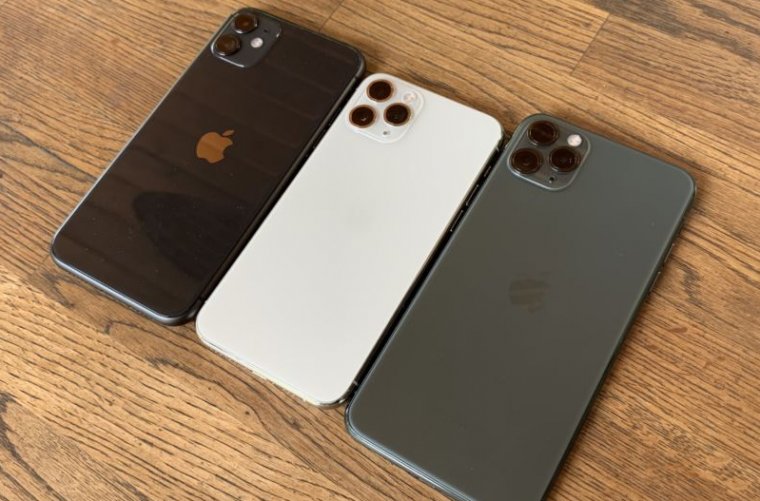 How do you track a smartphone iPhone 11 Pro
How do you track a smartphone iPhone 11 Pro
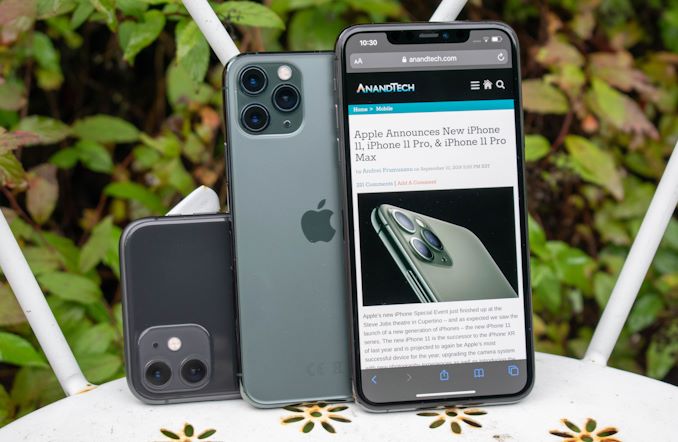 How do you track a smartphone iPhone 11 Pro
How do you track a smartphone iPhone 11 Pro
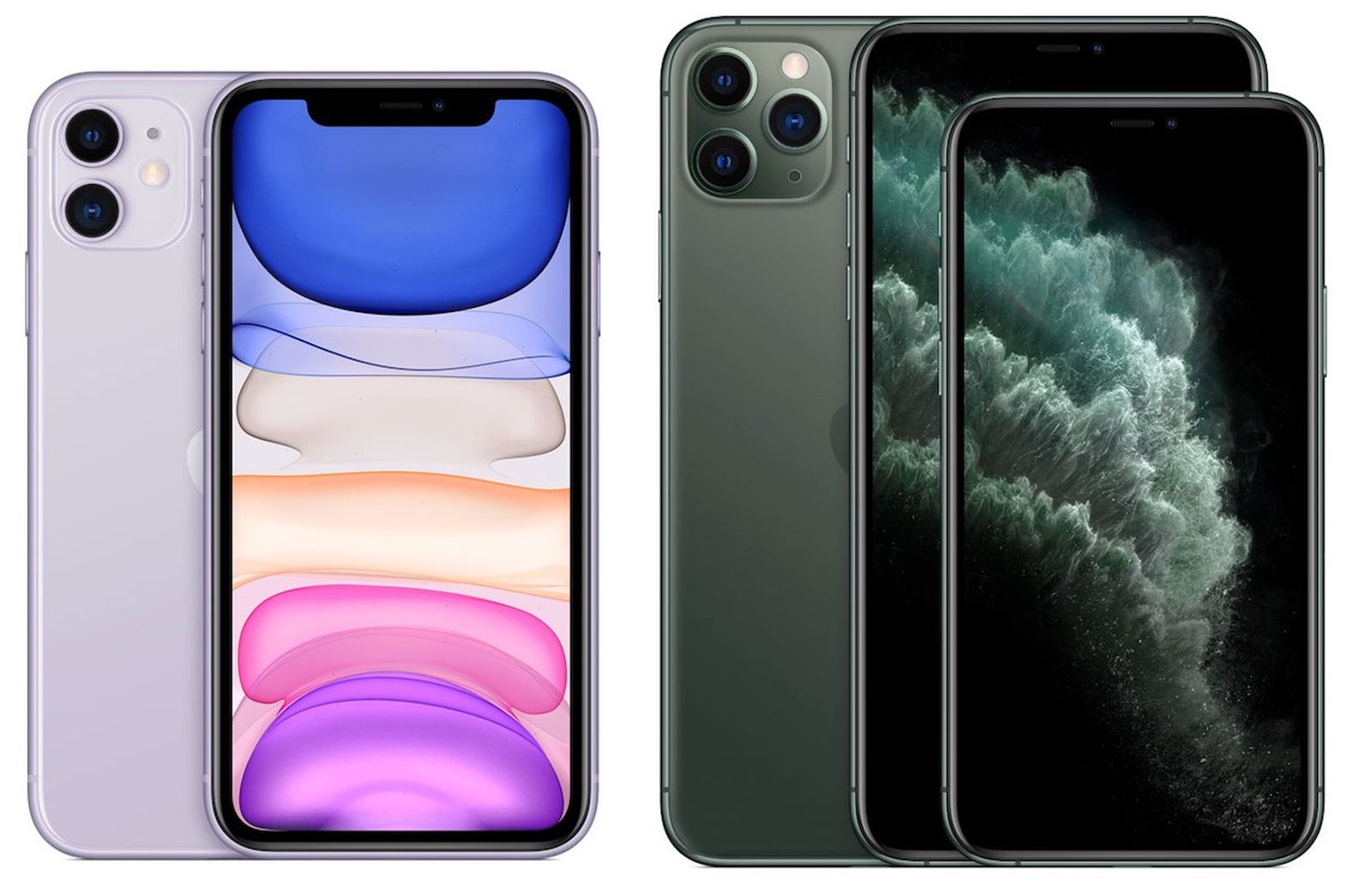 How do you track a smartphone iPhone 11 Pro
How do you track a smartphone iPhone 11 Pro
 How do you track a smartphone iPhone 11 Pro
How do you track a smartphone iPhone 11 Pro
Related how do you track a smartphone iPhone 11 Pro
Copyright 2020 - All Right Reserved